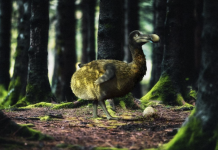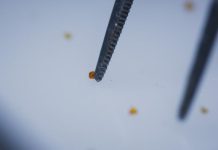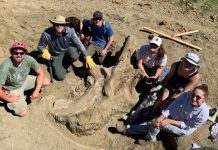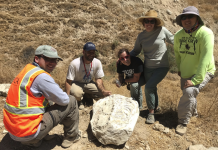This is a new amazing discovery! Paleontologists have found the oldest fossil to capture a vertebrate live birth.
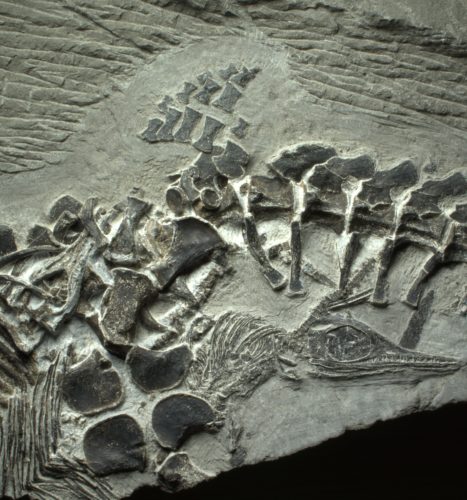
A fascinating and unexpected discovery was made by paleontologists at UC Davies: They have found the oldest fossil to capture a vertebrate live birth. The specimen contains the fossil of Chaohusaurus, a Mesozoic marine reptile that is one of the oldest ichthyosaur species, and her three babies in the process of being born. It is 248 million years old, about 10 million years older than any other such fossils. The particular moment captured also strongly suggests that, contra the traditional view, live births in Mesozoic aquatic reptiles first evolved on land rather than in the sea.
Unexpected discovery
The fossil was discovered in the lab attached to another fossil, a predatory fish called Saurichthys, that had been excavated from a quarry in south Majiashan, Chaohu, Anhui, eastern China. The two were separated by layers of mudstones; they were not alive at the same time. Because nobody realized mother and her babies were there when Saurichthys was collected, the mother is missing her skull, the front of her body and the end of her tail. Paleontologists were able to estimate her length and dimensions comparing her to more complete specimens that have the same size vertebrae and pelvic bones. Her body was about a meter (3’3″) long and her skull about 12 centimeters (4.7″) long.
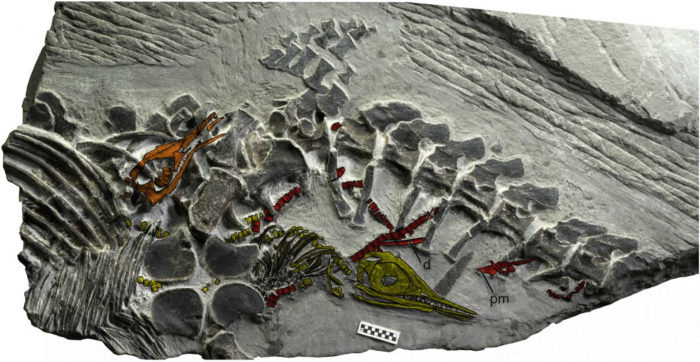
Fortunately, most of the birthing action was captured and the bones are very well preserved. There are three offspring in the fossil frame: one neonate, its body largely underneath the mother’s, one embryo inside the mother’s body cavity and one literally in the middle of being born, with the head outside of the pelvic girdle and the body still inside. Very rarely for an embryonic fossil discovery, the two embryos have clearly articulated skulls, and the one mid-birth even has 23 upper teeth and 16 lower teeth preserved.
The embryonic skulls are pointing towards the mother’s tail and it’s highly unlikely that all the embryos were in breach position. That means Chaohusaurus were born head first, a feature of live births on land since having the head come out first in water would result in high rates of suffocation. This is why marine mammals today are born tail first.
Where did this family tragedy occurred?
That’s not to say that this particular family tragedy occurred on land. All evidence, including the fish fossil it was found with, suggests it was a marine birth. What it means is that live birth evolved from land-lubbing ancestors of Chaohusaurus rather than having evolved after the reptiles moved into the sea full time. By the Middle Triassic, ichthyosaurs likeMixosaurus had embryonic skulls that faced the mother’s head, which means they were born tail first, an adaptation that must have developed in the water.

Being in the middle of this evolutionary process may have made birth a particularly dangerous proposition for Chaohusaurus, leading to high infant mortality and attendant danger for the mother. That’s speculative, however, until more fossil evidence is found to support it. Perhaps we’ll be lucky and there will be additional information on the question found in one of the more than 80 new ichthyosaur fossils found in the south Majiashan fossil quarry.
The paper on this fascinating and poignant discovery can be freely read online in the journal PLOS ONE.




